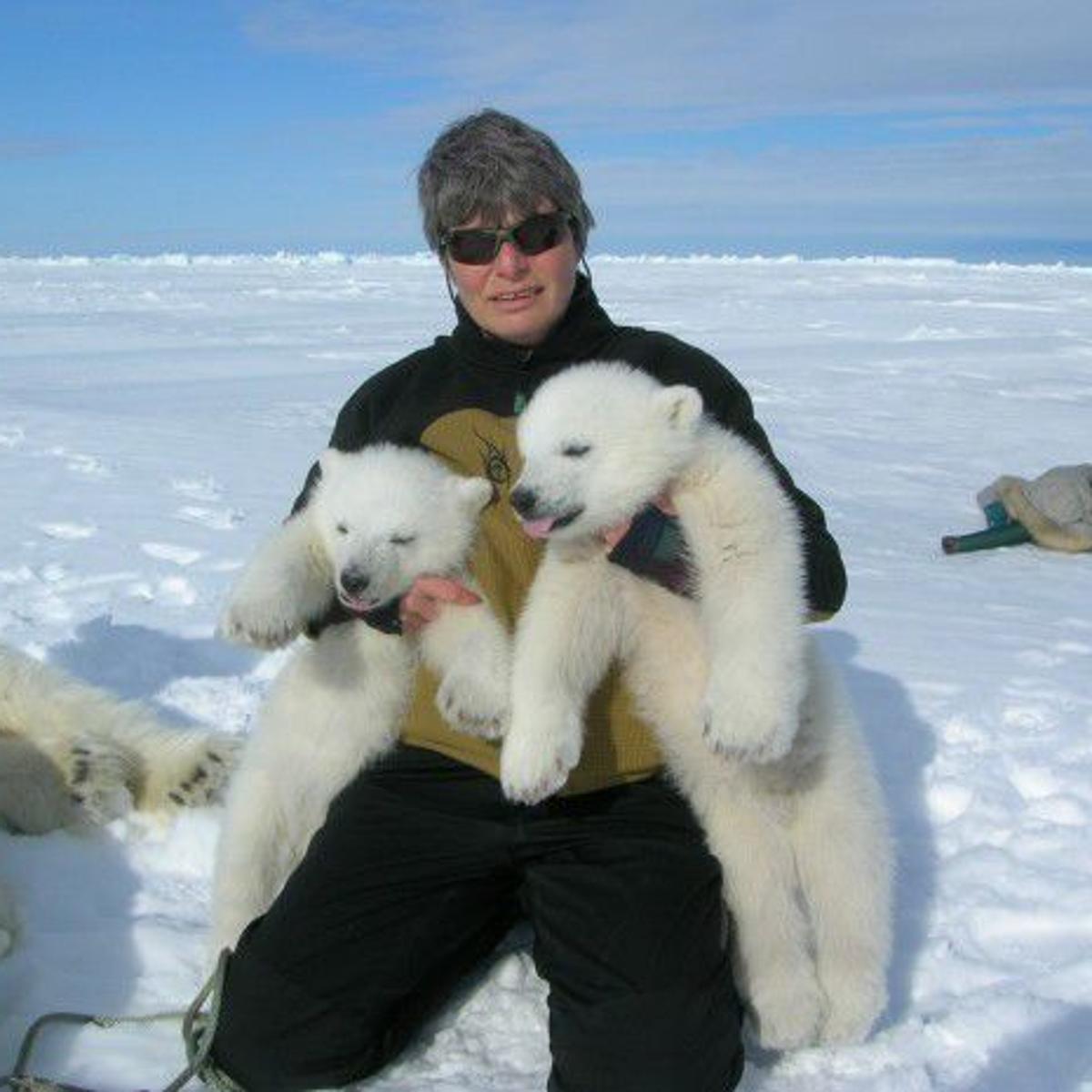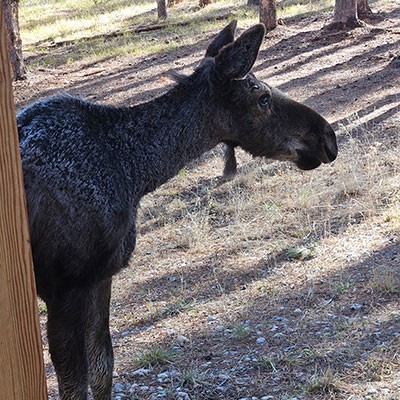John P. Whiteman, Henry J. Harlow, George M. Durner, Eric V. Regehr, Steven C. Amstrup, Anthony M. Pagano, Merav Ben-David
First published: 29 April 2022 https://doi.org/10.1002/jwmg.22238
Abstract:
Many wildlife species are live captured, sampled, and released; for polar bears (Ursus maritimus) capture often requires chemical immobilization via helicopter darting. Polar bears reduce their activity for approximately 4 days after capture, likely reflecting stress recovery. To better understand this stress, we quantified polar bear activity (via collar-mounted accelerometers) and body temperature (via loggers in the body core [Tabd] and periphery [Tper]) during 2–6 months of natural behavior, and during helicopter recapture and immobilization. Recapture induced bouts of peak activity higher than those that occurred during natural behavior for 2 of 5 bears, greater peak Tper for 3 of 6 bears, and greater peak Tabd for 1 of 6 bears. High body temperature (>39.0°C) occurred in Tper for 3 of 6 individuals during recapture and 6 of 6 individuals during natural behavior, and in Tabd for 2 of 6 individuals during recapture and 3 of 6 individuals during natural behavior. Measurements of Tabd and Tper correlated with rectal temperatures measured after immobilization, supporting the use of rectal temperatures for monitoring bear response to capture. Using a larger dataset (n = 66 captures), modeling of blood biochemistry revealed that maximum ambient temperature during recapture was associated with a stress leukogram (7–26% decline in percent lymphocytes, 12–21% increase in percent neutrophils) and maximum duration of helicopter operations had a similar but smaller effect. We conclude that polar bear activity and body temperature during helicopter capture are similar to that which occurs during the most intense events of natural behavior; high body temperature, especially in warm capture conditions, is a key concern; additional study of stress leukograms in polar bears is needed; and additional data collection regarding capture operations would be useful.
Share This Post


Social Media
Latest News



Archives
- All
- October 2025
- August 2025
- July 2025
- June 2025
- May 2025
- April 2025
- March 2025
- February 2025
- January 2025
- November 2024
- October 2024
- September 2024
- August 2024
- July 2024
- June 2024
- May 2024
- April 2024
- March 2024
- February 2024
- January 2024
- December 2023
- November 2023
- August 2023
- July 2023
- April 2023
- September 2022
- August 2022
- July 2022
- June 2022
- May 2022
- April 2022
- March 2022
- February 2022
- January 2022
- December 2021
- November 2021
- October 2021
- September 2021
- August 2021
- May 2021
- April 2021
- March 2021
- October 2020
- August 2020
- July 2020
- January 2020
- March 2019

